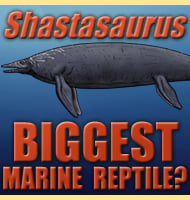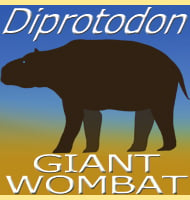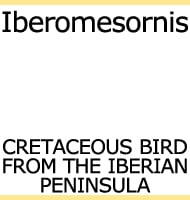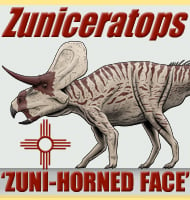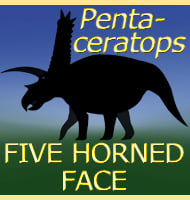In Depth
Fluvionectes is a genus of elasmosaurid plesiosaur that lived in North America during the late Cretaceous. The first fossils of this genus were recovered from the Dinosaur Park Formation in Canada, a location that has yielded numerous though fragmentary and scattered plesiosaur fossil for some time. Perhaps the most stand out fact about Fluvionectes is that the holotype fossils of this plesiosaur were recovered from what was once a freshwater river. Most plesiosaur fossils are recovered from marine deposits from the open sea, with a few lesser known ones from estuaries where freshwater rivers emptied into the sea.
Fluvionectes fossils in a freshwater habitat is proof that some plesiosaurs at least ventured into freshwater rivers, though we do not know yet if this was a visitation by a wandering plesiosaur, or if an actual population of these plesiosaurs established themselves within the river where they spent their entire lives. It is of course probable that plesiosaurs could venture into freshwater environments given that they breathed from the air. In modern times other air breathing creatures usually associated with the sea such as seals, dolphins and even whales have occasionally been observed venturing into freshwater rivers. However, long term life in a river might eventually require adaptation given that freshwater is typically less buoyant that seawater.
While the holotype fossils of Fluvionectes were found scattered they do actually represent most of the actual main body. Only the skull and most of the neck are unknown meaning it is hard to accurately depict the body length with certainty. The holotype was estimated by the describers a mature individual about five meters long, though the describers also mention other plesiosaur fossils in the Dinosaur Park Formation that may come from slightly larger plesiosaurs about seven meters long. Smaller size would be an advantage for plesiosaurs inhabiting a river which would have likely been shallower with possible tidal changes in depth and quite different from the open sea.
Further reading
- A new elasmosaurid (Sauropterygia: Plesiosauria) from the non-marine to paralic Dinosaur Park Formation of southern Alberta, Canada. - PeerJ. - James A. Campbell, Mark T. Mitchell, Michael J. Ryan & Jason S. Anderson - 2021.

